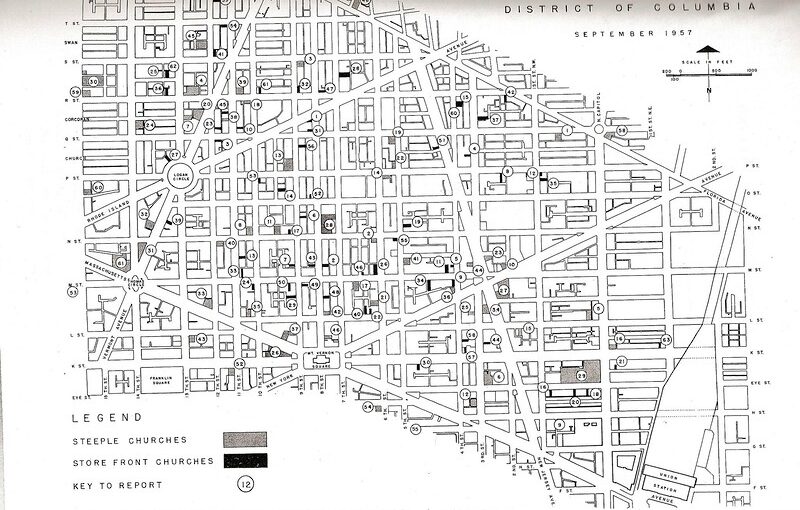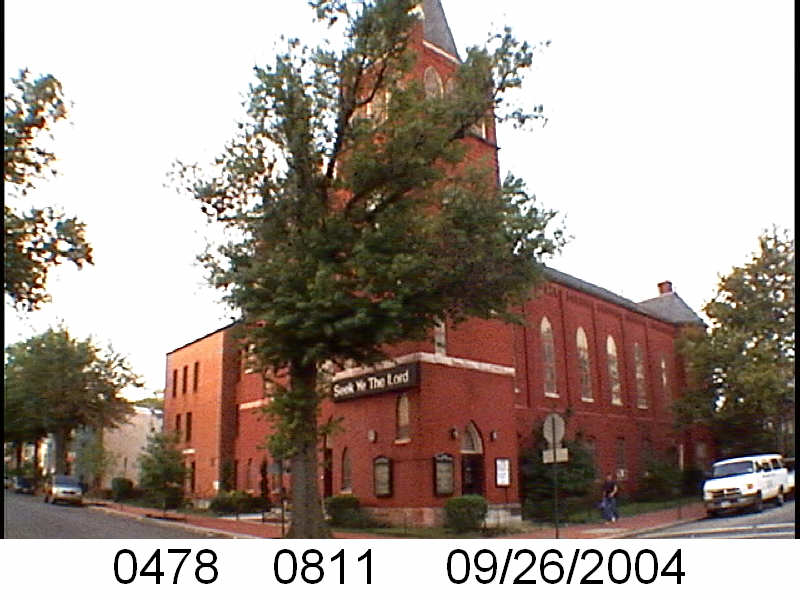So I as I go through the Black Home Owners of Truxton Circle series, I keep running across the name George Basiliko in the transactions. Him and his wife Sophia. He has shown up with with Harry Brown, Arthur B. McKinney and John Robinson in real estate transactions.
So who was George Basile Basiliko? He was born in Washington, DC to Basil (Basile) Stergin Basiliko a Greek immigrant, and Calliope Papazoglis (Papasoglou) Basiliko a Greek-Turkish immigrant on January 14, 1917.
In 1929 it appears the family lived at 50 Randolph Place NW in Bloomingdale. The father Basil was a contractor with a business address at 600 E St NW. In 1930, Basil was a merchant and owner of a cigar business and the family lived at 54 P St NE in NE Truxton Circle (some times I acknowledge that part of the TC).
He graduated Langley Junior High in 1933. Married Sophia Cokenias, also a child of Greek immigrants, in June 1947.
At the age of 26, he and his brother Nick Basiliko were charged with operating a “disorderly house” in April 1943. The house in question being the Logan Hotel at 912 N St NW. He received his real estate license, using 912 N St NW as an office in July of 1943. The Basiliko brothers were cleared of charges in the disorderly house case in September of that year by a municipal judge and the Evening Star said the hotel was at 13th and Logan Circle. December 1943, the United States Attorney’s Office kept pursuing the case because the house raid involved 100 police officers. The Evening Star restated the location of the hotel at 13th and Logan Circle, and George’s address being on the 6200 block of 8th St NW. In a 1944 Evening Star article, the police raid was reported as being on September 1942 and only 70 police involved.
After that brush with the law, his appearances in the Evening Star were classified ads advertising commercial real estate and trust notes. At some time in the 1950s he moved his office to 1113 Eye (I) Street NW. But staying out of trouble didn’t last long.
The Basiliko name popped up again regarding an investigation and court case regarding Route 240 and the claim of defrauding the Maryland State Roads Commission in 1953. Several Basiliko family members were named, including George, and a man named Ben Du Pre, who was the main target. Looking at Basiliko v State, this thing dragged on through the late 1950s.
In the Home and Real Estate section (B section) of the October 3, 1959 issue of the Evening Star, there is an article about rehabilitating properties in Truxton Circle, particularly Bates Street, in an article, “Some Plain Words About City Decay” by Robert J. Lewis. The article noted how George Basiliko “bought a lot of rundown properties” and was in the process of rehabbing them with assistance of the Perpetual Building Association, another familiar name to the Black Home Owners of Truxton Circle series.
I want to dig into this article a bit more so I will do that in part 2, as it deals with so many TC homes.
Sources: Continue reading George Basiliko Keeps Showing Up in My Truxton Circle Property Searches Pt 1





